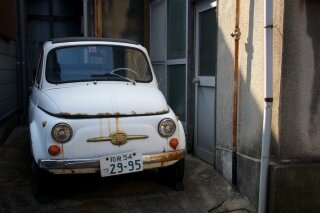
Many people ask if Japanese drive European cars? Well of course they do!


Many people ask if Japanese drive European cars? Well of course they do!

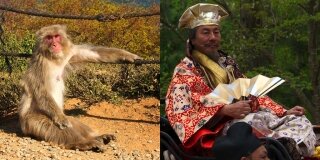
Toyotomi Hideyoshi was nicknamed “monkey” in his youth for either his appearance or physical agility. When he became the most powerful man in 16th century Japan, nobody dared to call him this way anymore. But I think there still were reasons to do so. 

Believe it or not, these two photos were taken on two consecutive days. One in Arashiyama Monkey Park, the other during cherry blossom festival in Daigo-ji Temple in Kyoto.

It seems three weeks after my warning, sakura season is finally over for most places in Kansai.
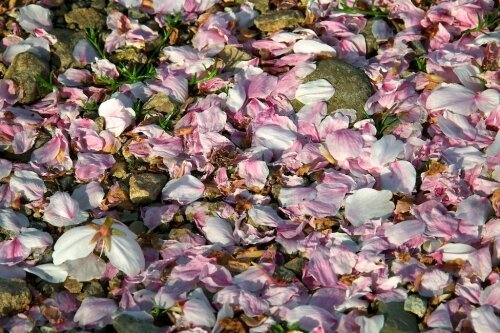
Otsukaresamadeshita! 
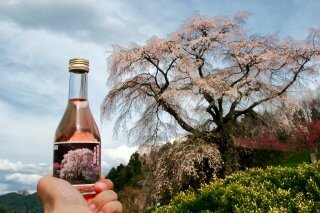
Another indispensable thing for a good hanami party is Japanese sake.
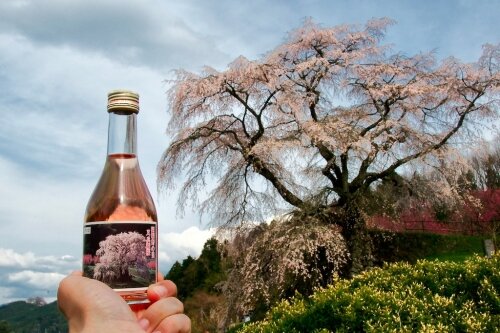
This tree is the famous over 300-year old Matabee Sakura (又兵衛桜) in Uda City in Nara prefecture. Unusual color of this type comes from the kodaimai old-style rice.
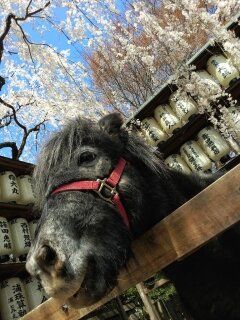
Hanami is about enjoying a good company rather than just flower viewing 😉


Japanese streets will never stop surprising me. Recently this car stopped at the pedestrian crossing in Kyoto.
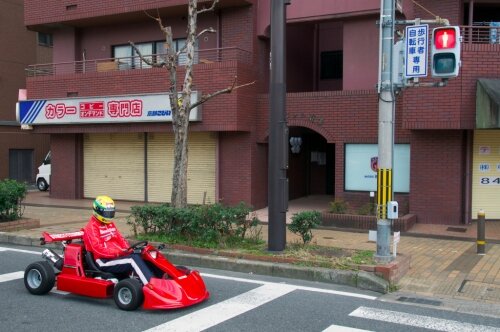
I wonder, is it legal to drive such vehicles on public streets in Japan?
Update
Another place in Kyoto, another time and the answer to my question is: yes, it seems to be perfectly legal. Go-kart is registered with blue license plate which according to this wikipedia article classifies it as a microcar (micro it really is).
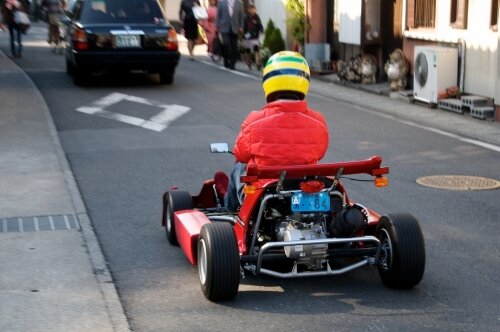
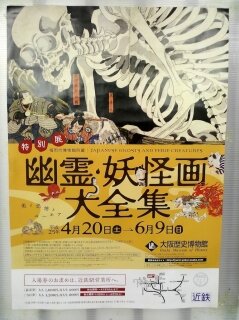
Recently I spotted a poster for the “Japanese ghosts and eerie creatures” exhibition (幽霊・妖怪画大全集). It is going to be on display in from April 20th to June 9th.
I had a chance to see this exhibition in Fukuoka last year and I highly recommend it.
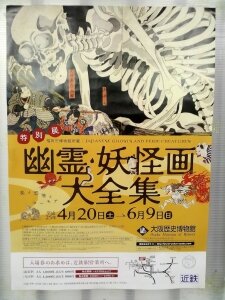
For visitors from foreign cultures the exhibition does not only have an artistic meaning, but also gives background to things he or she might encounter in real life in Japan. Starting with why Japanese are checking your feet when you surprise them with a sudden appearance (Japanese ghosts do not have feet) or how Japanese perceive different animals.
The first part – ghosts – started with a series of explicit drawings showing stages of human body decomposition. It was a gloomy but meaningful introduction to how fear of death brought fascination with the world of ghosts. Exhibits included a number of ink paintings of ghosts in habitual situations, allowing visitors to grasp the basic concepts of what are the typical features of ghosts in Japanese culture. Some of themes like: a ghost in four seasons, a ghost with cherry blossom twig were very Japanese-like. It finished with colorful woodblock prints of ghosts that became “celebrities” through popularization in kabuki plays.
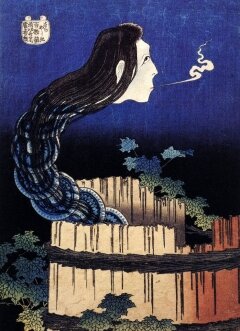
Second part – demons and monsters – started with an introduction to the concept of demons living in musical instruments and other tools which required periodic replacement. The main part constituted large scrolls from Edo period – sort of “monster encyclopedia” – depicting and describing all “living” monsters. Then the exhibition introduced all other eerie creatures from folklore (tengu), religion (a demon converted to a Buddhist from the City of Otsu) and history (people who became icons of evil).
It even showed some political caricatures from late Edo period portraying bakufu government with faces of monsters.
Last part – animals – showed how cats, foxes, rats, snakes, monkeys, etc. were attributed malicious features. And how they manipulated people and led them to destruction.
Full of historical and artistic references, this exhibition is a real treat for anyone with a slight interest in Japanese culture or just anyone who likes that eerie feeling.

|

|

|

Soon these lovely looking buds will turn into ugly, pinkish flowers and everyone will put their photos on Facebook, Twitter and Google+. Disaster is imminent!
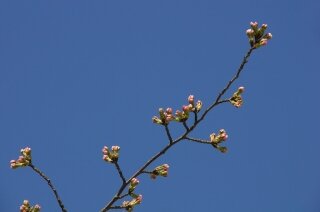
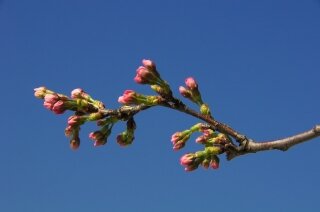

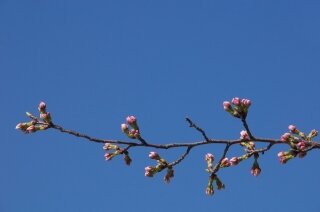

Today is the birthday anniversary of Honda Heihachiro Tadakatsu – general of Tokugawa Ieyasu.
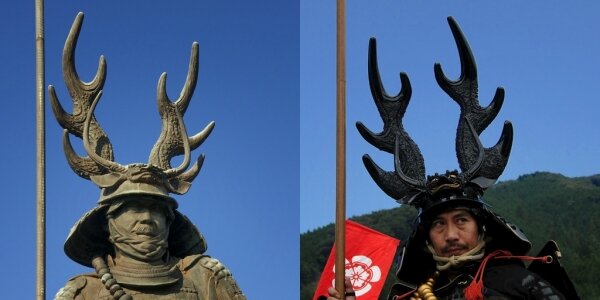
The left part is Honda’s statue from Kuwana City, the right part was taken in 2010 during Battle of Sekigahara re-enactment. And I have not been to Kuwana until 2012.
I wonder if this person had anticipated the satisfaction I had when compared these two photos.

For a long time I have been interested in Japanese festivals. Last week I reorganized the structure of the site. Now, I have gathered my photos, videos and stories on the following website:

But it’s just a beginning. Please enjoy! And don’t forget Sagicho Matsuri is coming this weekend!